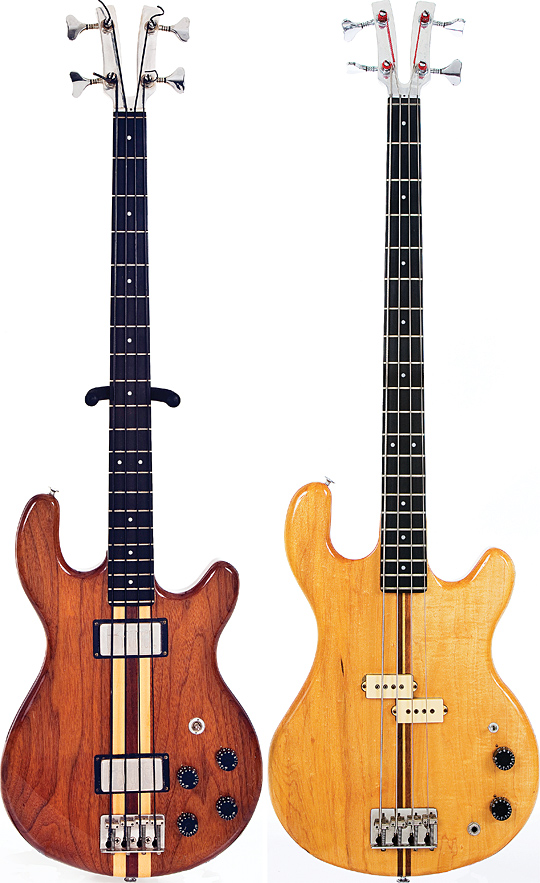

The most consistent and widely recognized changes centered around the headstock shapes as described below. So, basically, Kramer played around with every element of what goes into an electric guitar. There was quite a bit of variation with the headstocks, neck shapes (C to Boat to Shredder), nut widths, tonewoods, pickups (Schaller to Seymour Duncan), electronics (stereo string panning, coil-splitting, hidden pickups), tremolos, and hardware. The company’s output declined in quality from 1986 to its shuttering in 1989.ĭuring that ‘81 to ‘86 run, Kramer was constantly updating designs. When players and collectors talk about Kramer at its peak as a guitar company, they’re talking about the production run from 1981 to 1986. Kramer’s later years imparted the brand with a lasting reputation for overbuilt guitars, but many players today are coming to realize how excellent those early Kramers were and still are. With the wholehearted endorsement of Eddie Van Halen - the foremost guitar hero of the 80s - Kramer rose to the top of the heap and enjoyed a reputation as the best guitar company around.īut much like the bands who played these guitars, succumbing to ‘80s excess would prove to be Kramer’s fatal flaw. Kramer kicked off the ‘80s switching from their USA-made aluminum necks to mostly Japanese-made wood necks, quickly establishing itself as the premier global guitar brand in terms of quality and sales.

Sure, Kramers were all over hair metal videos and came in a variety of absolutely absurd finishes, but a great guitar is a great guitar and it’s likely only a matter of time before Kramer values skyrocket.


 0 kommentar(er)
0 kommentar(er)
